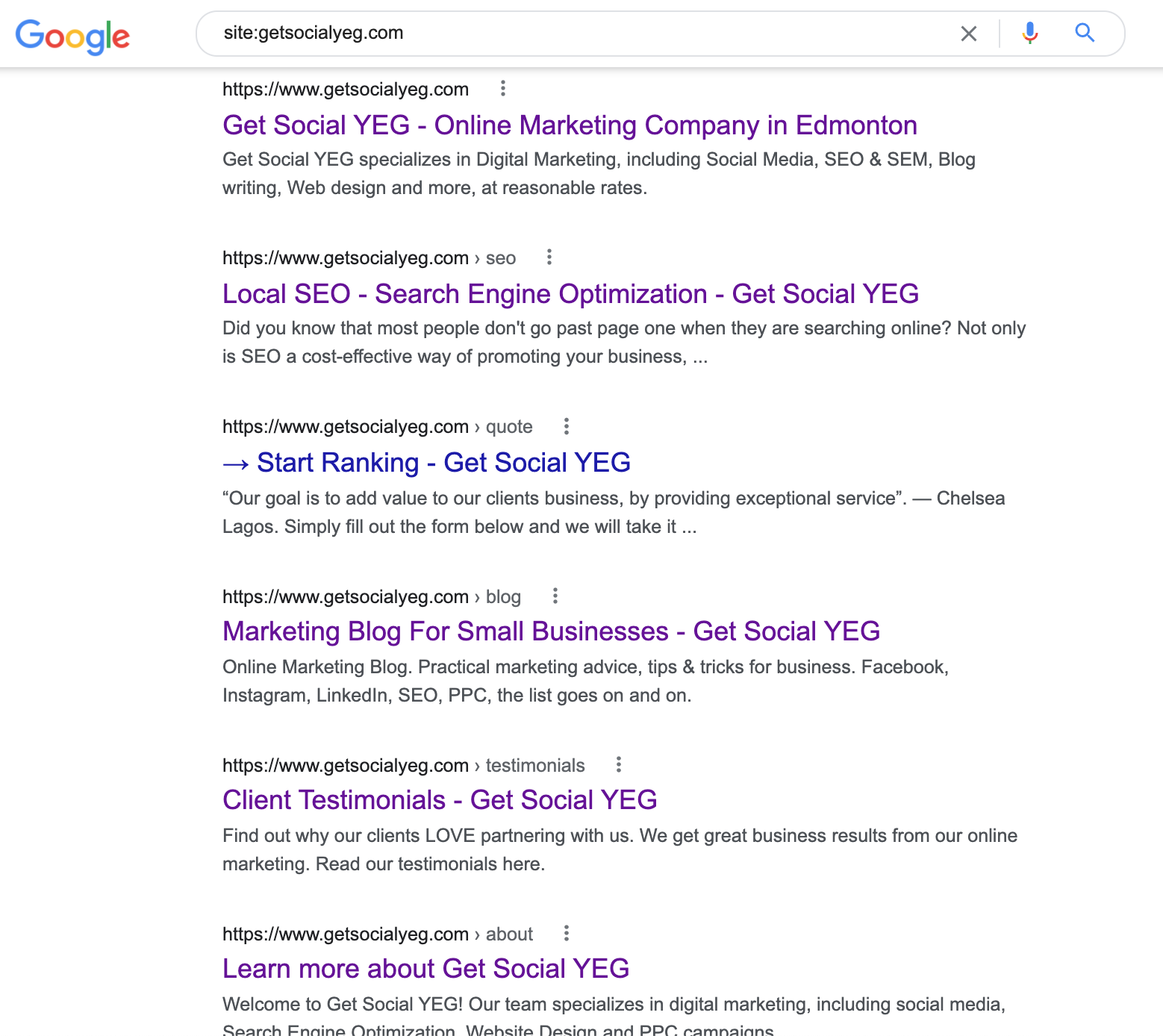
So you’ve developed a great website full of valuable content, designed to be easy-to-use, and so far, the feedback has been great! So now you finally feel ready to share it with the world.
You may think that once you’ve launched your new site, your website and content will be immediately visible on Google, right? Not so fast.
Simply pressing the publish button is not enough. To see your site in search results, Google must “crawl” and “index” your content. Website indexing should happen over days or weeks, but you as the site owner can manually submit it to Google to speed up this process.
There are two ways to do this. But first, let’s take a quick look at how Google crawls and indexes your site’s content
1. How Does Google Find Your Website Content?
In its own words, Google uses computers to crawl billions of pages on the web. This crawler, called Googlebot, basically starts with a list of web page URLs generated from previous crawls and populates (shows them on search result pages) pages with their sitemap data provided to the Google Search Console. Googlebot, also known as the “Spider,” searches for new sites, updates of existing pages, and broken links during the crawl process.
If there are new pages in your sitemap, Google may detect them, crawl your content, and include the page in your search results based on a rating of 200 criteria.
All results will be populated on Google SERP pages when the crawl process is complete, including new sites and updated content accordingly.
2. What does Google Index on my website?
While processing the results, Google searches for information on the web page, including title tags, meta descriptions, heading tags and alt tags. If your page has dynamic content like javascript or videos, Googlebot won’t read it, and instead, the default view is crawled, which is why we recommend optimizing the default view for your search.
3. How do you see if your site is on Google?
To double-check if your site is on Google, go to your website search engine and type in “Site: Sitename.com.”
For example, this is what Google is displaying on getsocialyeg.com.

If your site’s content is not indexed, Google will notify you that the search will not return any results.
If you can’t find your content, the next step is to create a sitemap that you can send to Google.
3. How long does it take Google to index content?
According to Hubspot, they tested how long it takes for Google to crawl and index your content. They found it depended on submitting it manually or leaving it to happen automatically.
If you already have a website that you’ve previously submitted to Google and publish new content without manually submitting the updated sitemap, they found that Google took just under twenty -three hours (1,375 minutes to be exact) to crawl. Yahoo took twenty-nine and a half hours ( 1,773 minutes). Taking these numbers into account, it takes about a day to crawl the content.
On the other hand, if you start a new website or add new pages to your existing website, it may be worth submitting an updated sitemap.
According to the same survey, it takes 14 minutes on average for bots to visit a page after submitting an updated sitemap; On Yahoo, it turned out to be 245 minutes. So by manually submitting your sitemap, your new pages could start generating organic traffic and conversions on the same day.
4. How do I submit my site and website content to Google?
To submit your site to Google, you need to add the updated sitemap to your Google Search Console account, allowing the bots to crawl and submit an index request for the desired URL. These instructions assume you’ve already submitted your site to Google in the past.
-
Go to: https://search.google.com/search-console/about
-
Select Sitemaps
-
Enter your URL site map and click submit (usually the domain is yourwebsite/sitemap.xml or something along those lines)
Google will take it from there!
If you’ve never submitted your website sitemap before, you will need to verify your site ownership with Google.
5. How to set up a Search Console account
-
Sign in to Google Search Console using your Google account. It’s a free tool, and your login can be connected to your Google Analytics, Adwords, Gmail, Google My Business account and even your Youtube.
-
Enter Your Website’s Domain to Add a Property. Once signed in, you have the option to add the property type via your domain or URL prefix.
We suggest you set up Google Search Console using a domain-level property.
By creating a single property, you can include all subdomains and protocol prefixes associated with your domain. This option will connect Google Search Console to every part of your site.
DEFINITIONS TO HELP MAKE THIS A LITTLE EASIER.
-
Property –your single website
-
Domain – the name of your website
-
Subdomain – added to a domain, like www.getsocialyeg.com or shop.getsocialyeg.com
-
URL – a website page address
-
URL Prefix – what appears before your domain. For example, http:// or https://
6. How to submit your sitemap if you have a new website?
If you have a new site, when you launch your website for the first time, you must first verify that you are the site owner in the Google Search Console.
Then visit the search console and submit it here.
7. If you have an existing website and are launching a new page …
If your web domain is already up and running, you can send a new page to Google to index and rank it accordingly. You need to own the URL to ask Google to crawl again, just as you would when launching a new website.
8. How do I submit my sitemap for reindexing
If you have a web page that you want Google to crawl again, you can do a few things differently. First, you can submit your updated sitemap to appear on the search results page as soon as possible.
9. How to submit your updated sitemap
-
log in to the Google Search Console
-
Select Add Property
-
Click add properties to the Google search console
-
Submit the updated sitemap to Google so you can start crawling as soon as possible.
-
Enter the URL to your sitemap. Many website CMS programs automatically create sitemaps, and others will need to create one. Learn more about sitemaps here.
If the URL you submitted is acceptable, you will see the Request Index option where the red box. If you select this option, Google will begin crawling and reindexing this web page.
10. How do you know which method of submitting your sitemap to choose?
As mentioned earlier in this article, indexing requests can take days or weeks to complete. Therefore, check your Google Search Console regularly to see the status of active indexing requests.
Based on the steps above, you may be wondering if you need to submit an updated sitemap or Index request each time you publish a new page.
Our advice is – if your content needs to be indexed and shown quickly, you can certainly manually submit it for reindexing; however, Google also crawls pages regularly, so it’s okay if you allow it to run its course.
If you liked this, make sure you subscribe to our newsletter and follow us on Instagram!







